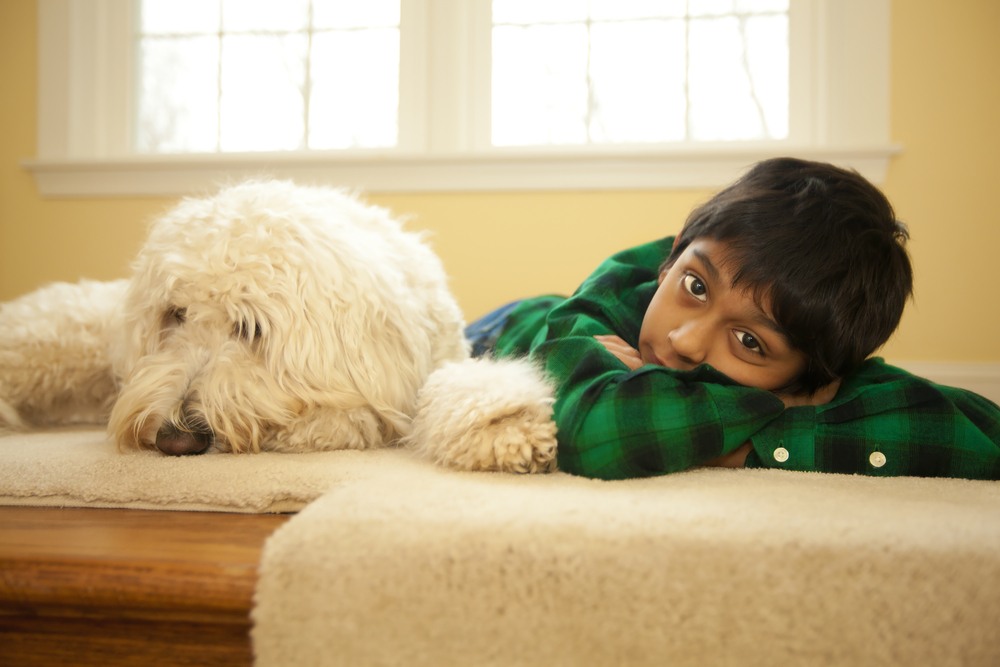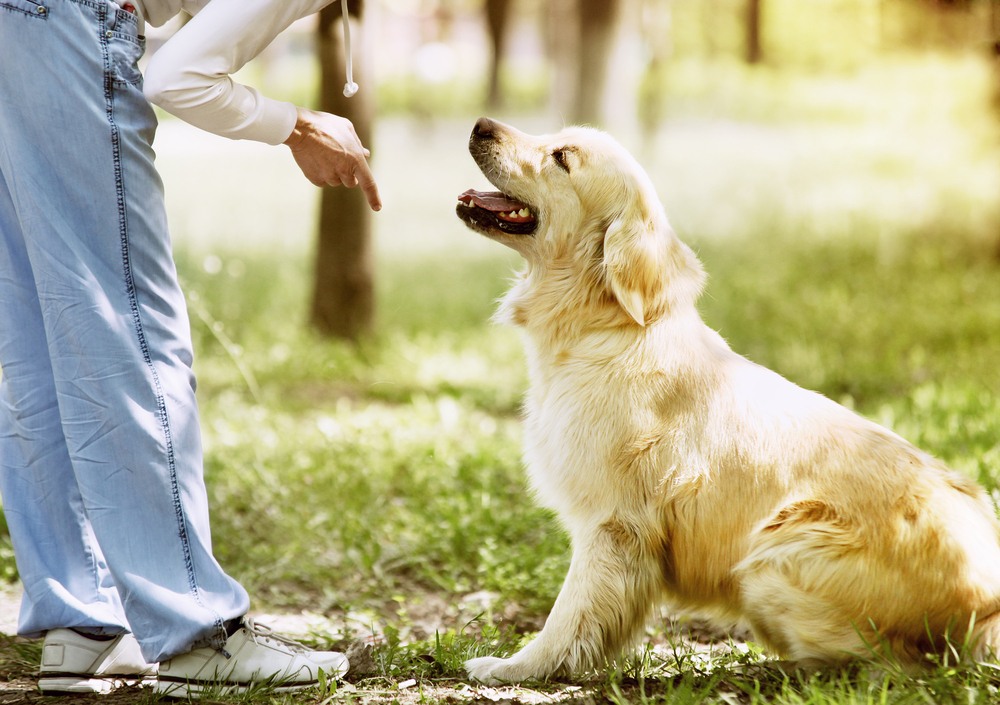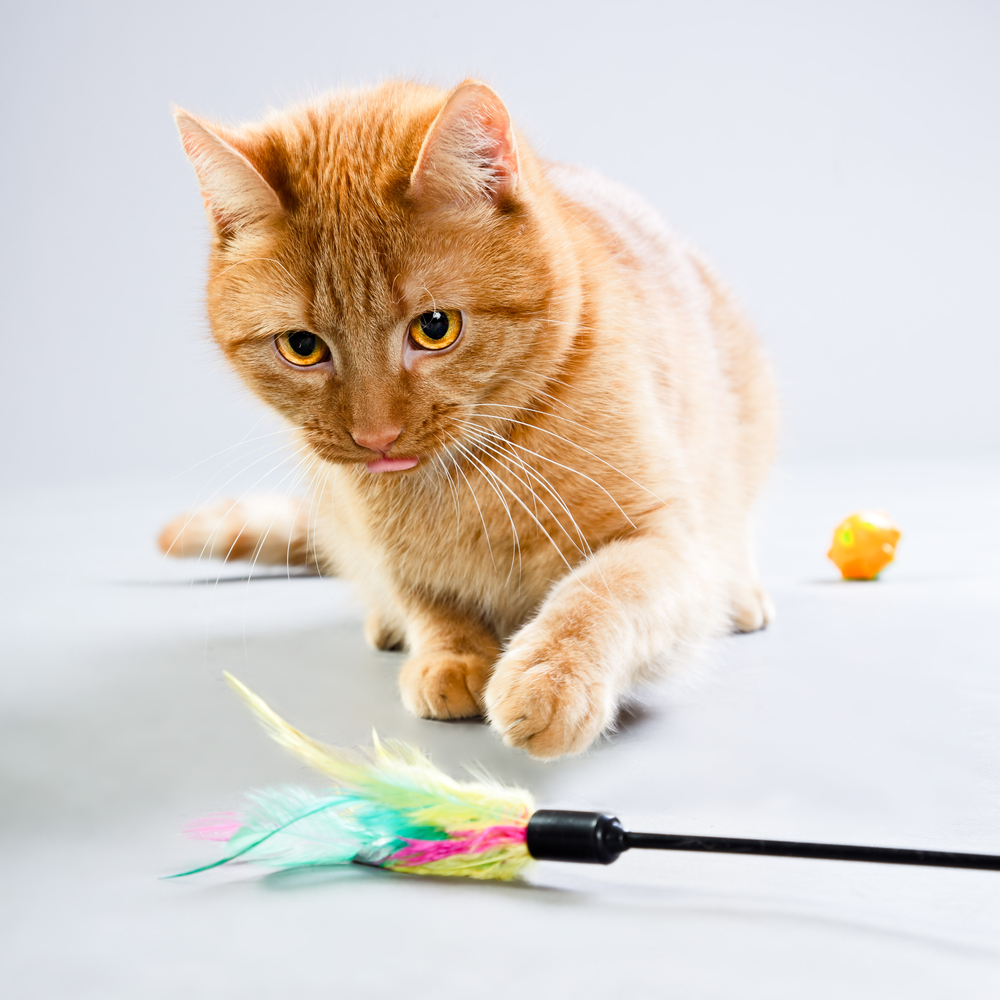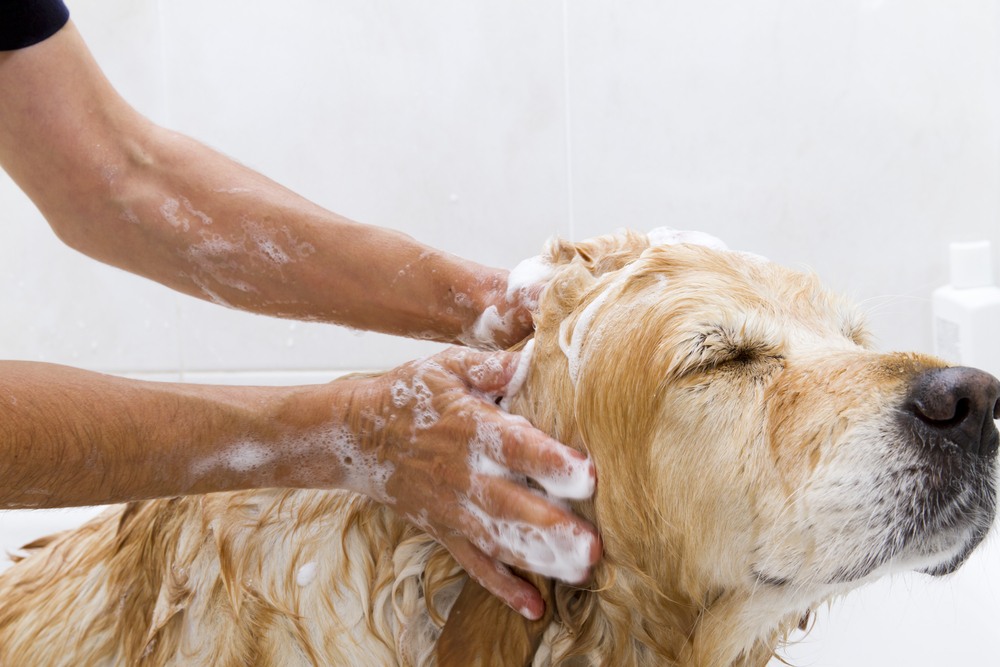This is part 2 of a 2-part series about responsible pet ownership. If you’re planning on getting a pet, you need to read this article to make sure that you’re giving your pet the best possible care.
You can find part one of this series here . Last time, we established that getting a pet isn’t something to take lightly. We covered figuring out if you’re up to the task, obtaining pet supplies, visits to the vet, introducing your new companion to your home, and making your home pet proof.
Here we are again with more items for your pet care checklist. Yes, there are lots of adorable dogs for sale everywhere, but take a minute to read this article before you make your decision.
A Well-Behaved Pet Is A Happy Home: Train Your Pet
Animals are going to stay true to their nature unless they’re taught otherwise.
For you, this means that if you don’t actively train them, you’ll have to deal with the mess they tend to make, unfiltered exuberance (i.e, destroyed home), and overly aggressive play.
The best way to train your pet properly is to hire a professional trainer. The earlier you start, the easier it’ll be for everyone involved—your pet included. Basic training includes using their litter box (for cats) or holding it in until they’re walked (for dogs), learning when to stop doing something when they’re told, and learning not to play too aggressively.
For cats, that’s pretty much all there is. Dog training can extend further though. They can be taught to sit, stay, come, and a variety of other tasks.
How is all this done, you ask? Positive reinforcement. This is the best way to train any animal (humans included). Whenever your pet does something right, you reinforce the behaviour by giving them a treat. Keep at this for a while and you’ll have yourself a well behaved pet.
Playtime Is Important: Keep Them Stimulated
Unfortunately, many pet owners think that once they have the pet, they can pretty much leave the animal to its own devices.
This couldn’t be further from the truth.
Every pet, no matter which species, needs a certain amount of mental and physical stimulation. To simplify: play with your pet! Besides simply buying them toys and letting them play by themselves, which they’re going to do anyway, actively play with your pet. It’s a great bonding experience, and they’ll like you even more than they already do.
Animals that don’t receive enough stimulation stand a high chance of developing developmental disorders. It’s unfair to take on the responsibility of a pet and doing them this disservice. Make sure that you can set aside this time every day.
If you have a dog, take it on walks and runs, throw around a ball, and introduce it to swimming. Not only will this help the dog, it’ll also help you stay in shape. Animals make the best workout companions. The amount of exercise your dog needs depends on its breed. A german shepherd, for example, needs a lot more exercise than a pug.
For a cat, get it a variety of toys, some catnip, and a toy mouse on a stick. Watch out for those claws though! On that note…
The Pampering: Groom Your Pet
Take your pet to a professional pet groomer every once in a while and get them pampered. You could even do this at home. Bathe them, brush their fur, trim their claws (carefully), and clean their eyes and ears. This is especially important if you let your pet play outside.
A regular and thorough cleaning will make sure that your pet is clean and parasite free.
Cats tend to dislike water so you need to be careful when bathing them. They usually clean themselves, so a good brushing is usually sufficient. Ask your vet to help clip your feline friend’s claws, and then do this once every week. You need to be very careful because it’s extremely easy to hurt a cat while clipping their claws. If you’re not sure you can do it yourself, go to a vet or professional groomer.
That’s about it!
You’re all set to buy or adopt a new furry friend. Make sure to give them a lot of care and attention, and you’ll receive it back tenfold.





